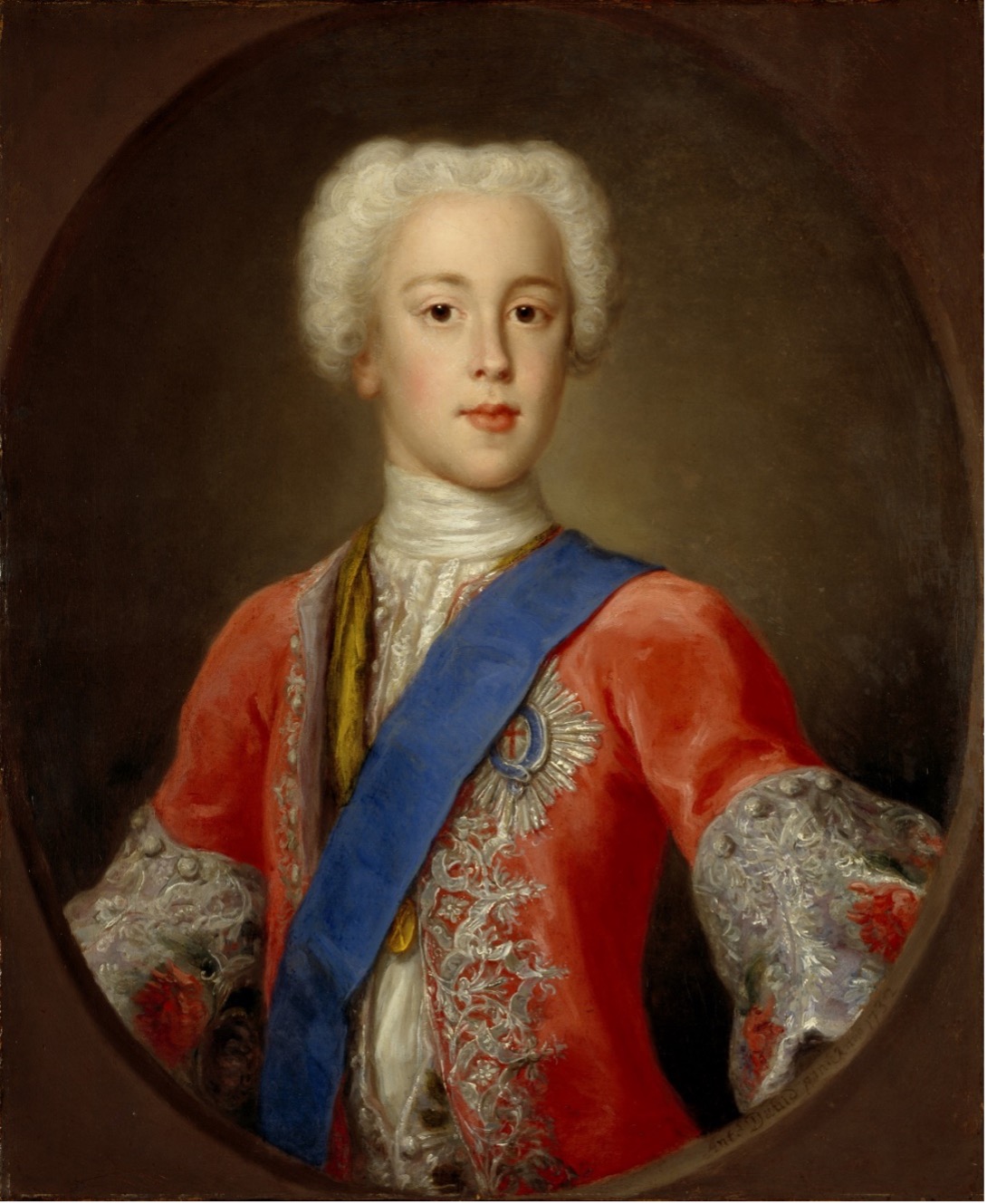EARLY MODERN BARONIES & BARONIES IN MODERN TIMES
The baron courts continued, though the baronies and Scotland itself were changing.
The court still exercised criminal powers, but by the seventeenth century they confined themselves to minor matters. They remained important because these minor affairs impacted everyday life, such as petty thefts, encroachments, and small acts of aggression with penalties of fines or forfeiture.[27] According to the historian Michinson: ‘Baron courts met at the instance of the baron, when business had accumulated, and the baron might or might not choose to preside in person. There were also the ‘’birlaymen’’ who might be chosen by the baron or elected by the court. In either case they would be men of considerable local knowledge, whose duties were to settle local issues and divide local burdens.'[28]
These men were possibly the remnant of a system when local people had policed themselves. Baron courts ‘spent much of their time on local policing’, such as over verbal or physical abuse and protecting the land from the burning of moors, polluting of rivers, or cutting of green timber.[29] The court could also enforce the payment of rents or service in kind, as well as supervising the maintenance of the mill, extraction of teinds and other business such as issues caused by straying animals.[30]
The Scottish baronial system continued to work and remained in place because most crime and disputes were local, and the barony courts were able to deal with most cases.
Moreover, many of the upper nobility – and therefore the people running the country – were also barons, so naturally decided the system was a good idea.[31] The lesser barons remained important elements of local society, concerned with local affairs such as law, order, the upkeep of roads and welfare of their people. To some extent the greater barons – those more powerful lords – also held sway locally, though this was more often through representatives as they themselves were concerned with Scottish, and after 1603, British, affairs. These barons who became members of the peerage first as lords of parliament but often later as earls, marquesses or dukes, remained Scottish barons while also acting on a British, European or even international stage.
Barons had continued to provide military service which, with no standing army, was essential to the maintenance of power and public order. The winding down of clan warfare and the ending of conflict with England during the seventeenth century saw a decrease in the military aspects of the barony.
There were notable exceptions.
Figure 6: Farquhar Shaw, d.1743. Jacobite soldier | National Galleries of Scotland. Unknown artist.
First during the Wars of the Three Kingdoms in the middle of the century. Here King Charles I and his kingdoms of England, Scotland and Ireland descended into war over a complex array of social, political and religious differences. Scottish armies invaded England on multiple occasions, Scotland faced ideological division and civil war, and the country was eventually invaded and occupied by English troops.
Barons and their representatives were tasked with maintaining important military infrastructure such as roads, bridges and castles and to keep law and order in the face of marauding soldiers and vagabonds. During these fraught decades men were recruited within baronies to fight. They would be recruited again during the Jacobite Risings of the later seventeenth and first half of the eighteenth century.
[27] Rosalind Mitchison, Lordship to Patronage: Scotland 1603-1745 (Edinburgh: Edinburgh University Press, 1990). 81.
[28] Mitchison, Lordship to Patronage. 81.
[29] Mitchison, Lordship to Patronage. 81.
[30] Mitchison, Lordship to Patronage. 81.
[31] Grant, Independence and Nationhood. 134.
With the Rising of 1745 and the defeat of Bonnie Prince Charlie and his army at Culloden the nature of Scottish society was changed forever.
Following their military victory, the British government worked to ensure no armed rebellion could form in Scotland again. Various aspects of Highland life were restricted. It was forbidden to carry firearms (with an exception for cattle drovers), wear Highland dress or play the pipes.[32] The hereditary judicial power of landowners and their courts was largely taken from them in wider reform of the law.[33] The mandate of the barons was curtailed and the role of the baron dimmed. Just as the feudal system had evolved over the preceding centuries, so the system now began to fall apart. Over the next centuries the importance of the baronage slipped away. The society it had underpinned changed beyond recognition through industrial revolution, cultural change and demographic upheaval to the Scottish nation we know today.
[32] T.C. Smout, A History of the Scottish People 1560-1830 (London: Fontana Press, 1985). 321.
[33] Smout, History of the Scottish People. 321-2.
THE BARONAGE IN MODERN TIMES
After the Rising of 1745 the baronies of Scotland became less relevant to the practical working of society and politics.
They remained only a source of pride to their holders and of interest to antiquarians and historians. In the middle of twentieth century came a renewed enthusiasm and study of the baronage, led by the efforts of the Lord Lyon Sir Thomas Innes of Learney. Baronies were increasingly celebrated as important parts of the history of Scotland.
Throughout history, Scottish feudal baronies were created by a Crown Charter through which the monarch erected land into a barony, so all baronies trace their roots to a royal grant. Then as now, baronies passed from one person to the next either by inheritance or assignation. Until 1874, new barons were confirmed in their baronies with a Charter of Confirmation, but after that year only a disposition was required.
Although their original purpose had ceased, baronies remained land estates held directly of the Crown until November 2004, when the Abolition of Feudal Tenure etc. (Scotland) Act 2000 came into effect. At that time baronies became personal titles, no longer attached to land but to a person in what is called a ‘bare superiority’.[34] They are now incorporeal heritable property.
The baronage itself was preserved, and barons retained certain heraldic rights. (‘Baronage’ refers to all barons collectively.) The record of the passage of baronies from one person to the next prior to 28th November 2004 can be found in the Register of Sasines. Inheritances and assignations after that date are recorded in the Scottish Barony Register.
To hold a Scottish barony today is not to wield the power of the barons gone-by but to possess a piece of the historic fabric of Scotland, to protect it and have pride over the long lineage of this strong nation. Barons and baronesses stand latest in a line which can be traced back centuries, sometimes into time immemorial. They are the representatives of this heritage to the modern world. Many feel the weight of history upon them and a responsibility of care toward their barony and to Scotland.
Scottish feudal baronies are living history.
[34] Durie, Scottish Genealogy. 141-2.





